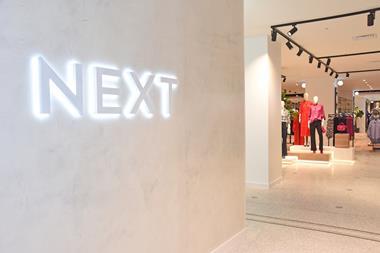Mass and niche brands alike can make the most of the opportunity the world stage presents
The first phase of retailers “going international” is over and a new phenomenon of global retailing is emerging with two very different themes.
The first is global brands. Retailers are starting to spread across the world in the way that fast-moving consumer goods did more than 30 years ago – whether it is B&Q in China, Tesco in Korea, or Topshop in the US. This will go much further, repeating across the world the process that has seen our high streets dominated increasingly by a handful of brands.
The arrival of Best Buy in the UK is another high-profile example, as is the profusion of British fashion brands across the Middle East, as groups such as Alshaya provide a route to reach new audiences.
The scale advantage that this extra volume gives the brands in terms of design, sourcing and marketing is shifting the brand battle to a global level.
But, alongside the giants, the internet is opening up the opportunity for global niche brands that tap into one specialist segment to become really meaningful when extended around the world.
Brands like Boden, Fat Face or Urban Outfitters can trade everywhere their deliveries can reach and, as long as the product is distinctive, a new wave of specialists will emerge as global brands.
Niche players such as Asos will be able to create a business model on a completely different set of numbers to that of a national, physical retail model.
Secondly, standard global models of retailing are emerging. The developing markets in China, India and Russia are all creating local versions of the global models of shopping malls, hypermarkets, supermarkets and category-killer sheds.
In St Petersburg, this has created a total of 42 home-improvement big boxes open or planned for a population of 4 million, which is getting on for the density of places like Atlanta. Only seven of those are well-known international brands. The consumer logic for these formats is so strong that there is room for a wide variety of competitors to grow and prosper.
At Kingfisher, we have witnessed this in markets like Russia, where our like-for-like sales rose 25 per cent last year and in Poland, where our Castorama business made a profit of£87 million from just 40 stores.
To some, this could sound like a depressingly homogenous future of identikit tin sheds and malls sprouting up around the world. But it is a powerful engine for improving consumers’ shopping experiences and a massive opportunity for the businesses that can ride this new wave of global retailing successfully.
And, at a time when there is a credit crunch in the UK, us retailers need all the opportunities we can get.
Ian Cheshire is chief executive of Kingfisher


























No comments yet